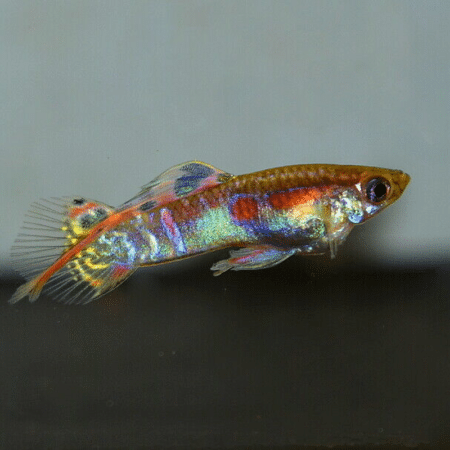To provide the best experiences, we use technologies like cookies to store and/or access device information. Consenting to these technologies will allow us to process data such as browsing behaviour or unique IDs on this site. Not consenting or withdrawing consent, may adversely affect certain features and functions.
The technical storage or access is strictly necessary for the legitimate purpose of enabling the use of a specific service explicitly requested by the subscriber or user, or for the sole purpose of carrying out the transmission of a communication over an electronic communications network.
The technical storage or access is necessary for the legitimate purpose of storing preferences that are not requested by the subscriber or user.
The technical storage or access that is used exclusively for statistical purposes.
The technical storage or access that is used exclusively for anonymous statistical purposes. Without a subpoena, voluntary compliance on the part of your Internet Service Provider, or additional records from a third party, information stored or retrieved for this purpose alone cannot usually be used to identify you.
The technical storage or access is required to create user profiles to send advertising, or to track the user on a website or across several websites for similar marketing purposes.


















Emily Carter (verified owner) –
I recently purchased 10 Marigold Swordtails, and I couldn’t be happier with my decision! As a caring fish parent, I always prioritize fish health and happiness, and these little guys have truly exceeded my expectations. They arrived in perfect condition, vibrant and lively, after only two days of shipping. It’s been about a month now, and they’ve settled beautifully into my 55-gallon freshwater tank. Their colors are breathtaking, and I’ve noticed they’ve been getting along wonderfully with my other tropical fish.
I chose these swordtails over other varieties due to their hardiness and peaceful nature. They’re perfect for a community tank and have been a delightful addition to my aquatic family. One small issue I noticed was that a couple of them were a bit shy at first, but with plenty of hiding spots and plants, they’ve become more outgoing and social.
I wholeheartedly recommend the Marigold Swordtails to any aquarist, whether you’re just starting out or an experienced hobbyist. They bring so much joy and color to the aquarium, and it’s clear they thrive in a caring environment. Just be sure to provide ample space and a balanced diet for their continued health!
Emily Carter (verified owner) –
I recently added the 10 X Marigold Swordtails to my 55-gallon freshwater tank, and I couldn’t be happier! These beautiful tropical fish have transformed my aquarium into a vibrant display of colors. The marigold hues are stunning, and they really thrive when kept in groups, which is a bonus since I love watching them interact. After just a week, they acclimated perfectly and have shown no signs of stress. Their playful nature and energetic swimming bring life to the tank. I appreciate how easy they are to care for compared to other livebearers I’ve tried in the past. I did notice that they prefer slightly warmer water, so adjusting the temperature made a noticeable difference in their activity levels. I would highly recommend these fish for both beginners and experienced aquarists looking to enhance their aquatic community. Just make sure to provide plenty of hiding spots and plants for them to explore! Overall, these Marigold Swordtails have made my aquarium a joyful place, and I would definitely purchase them again!